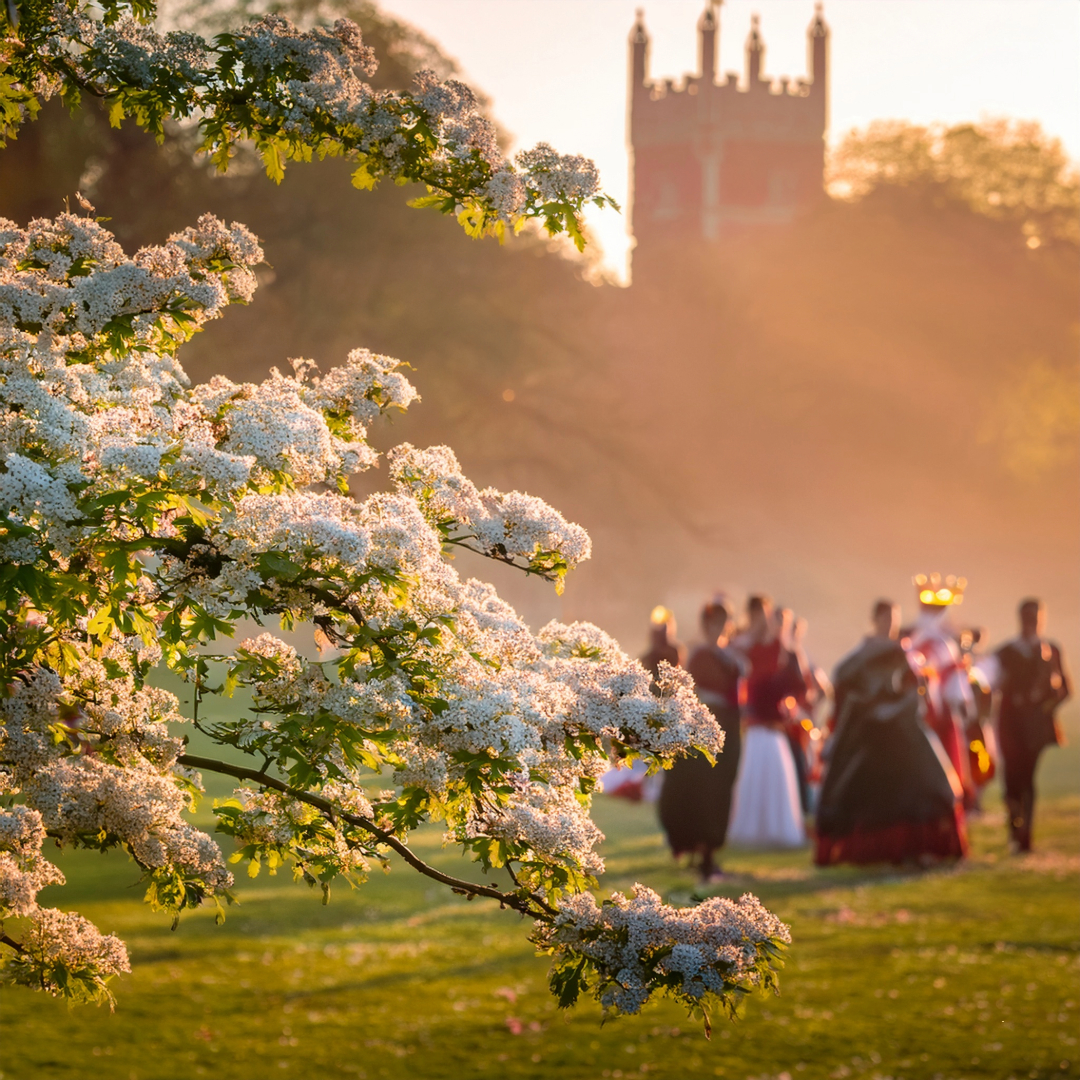
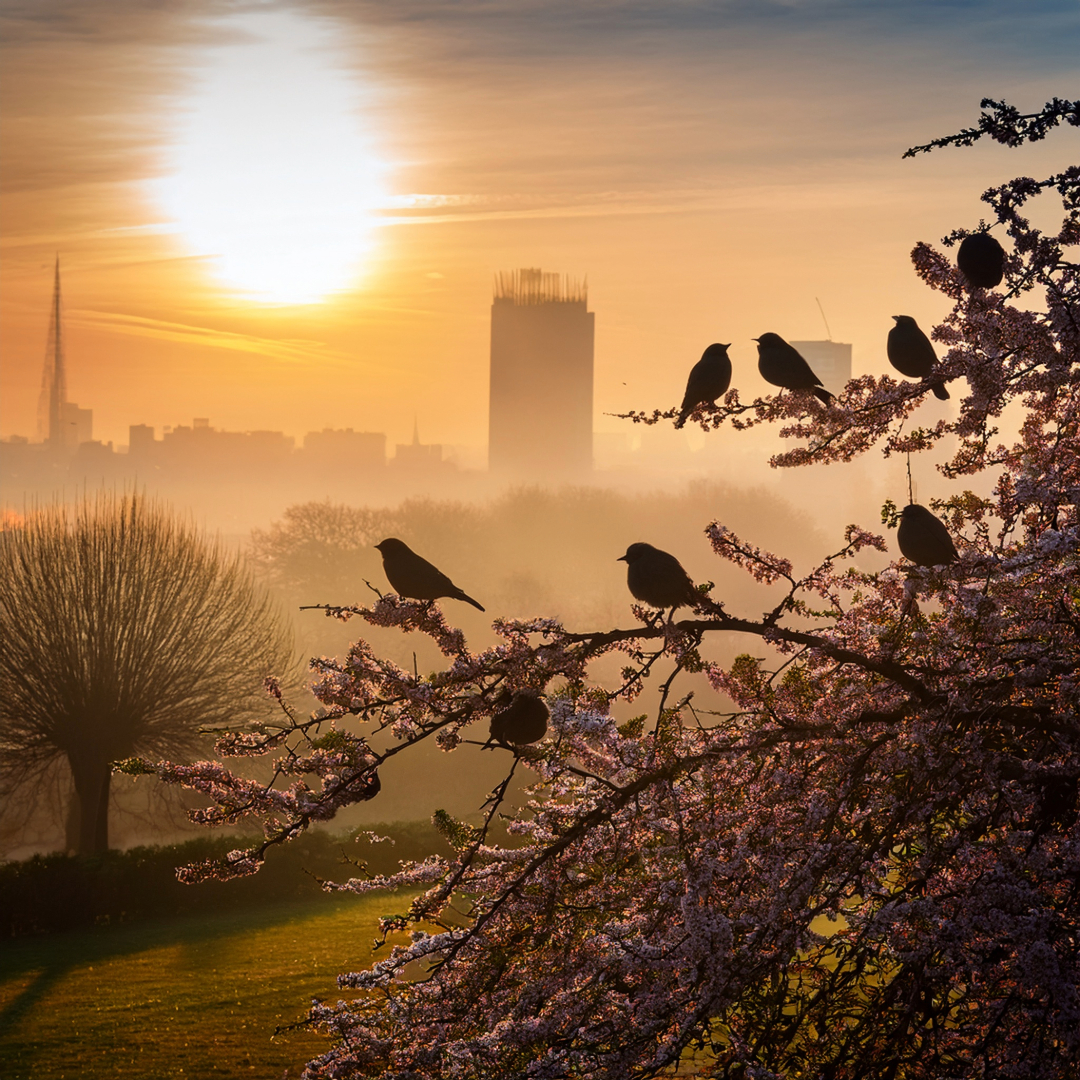
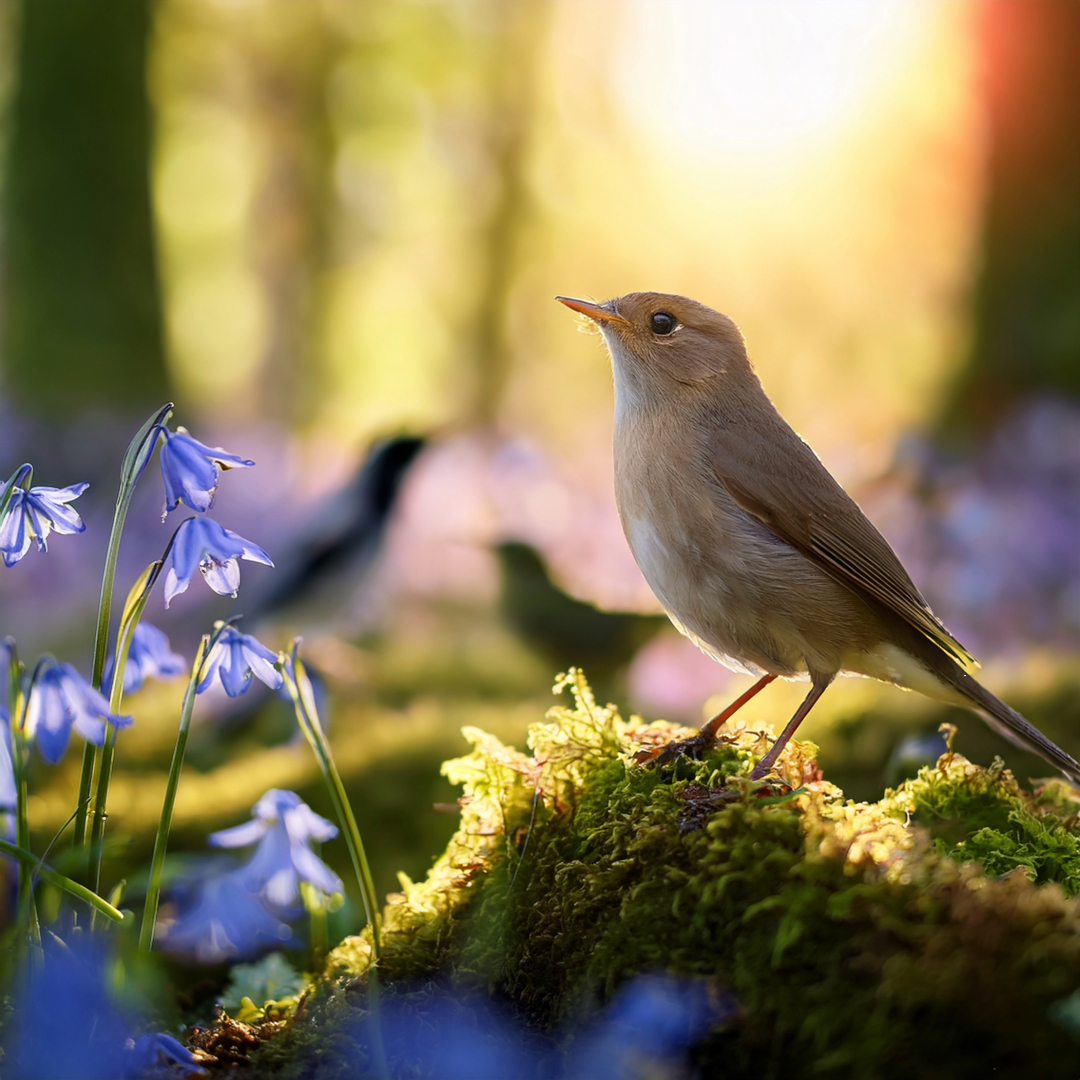
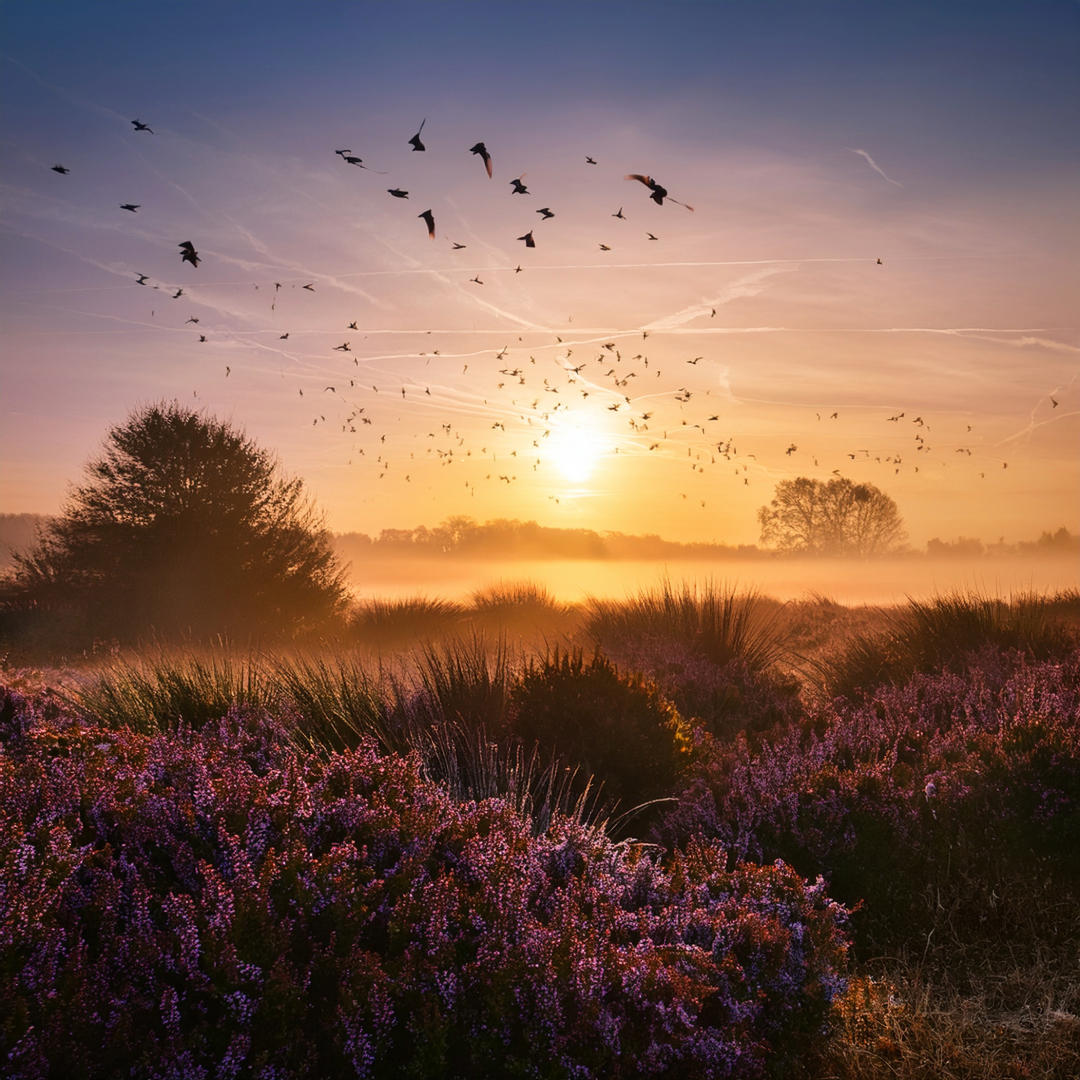
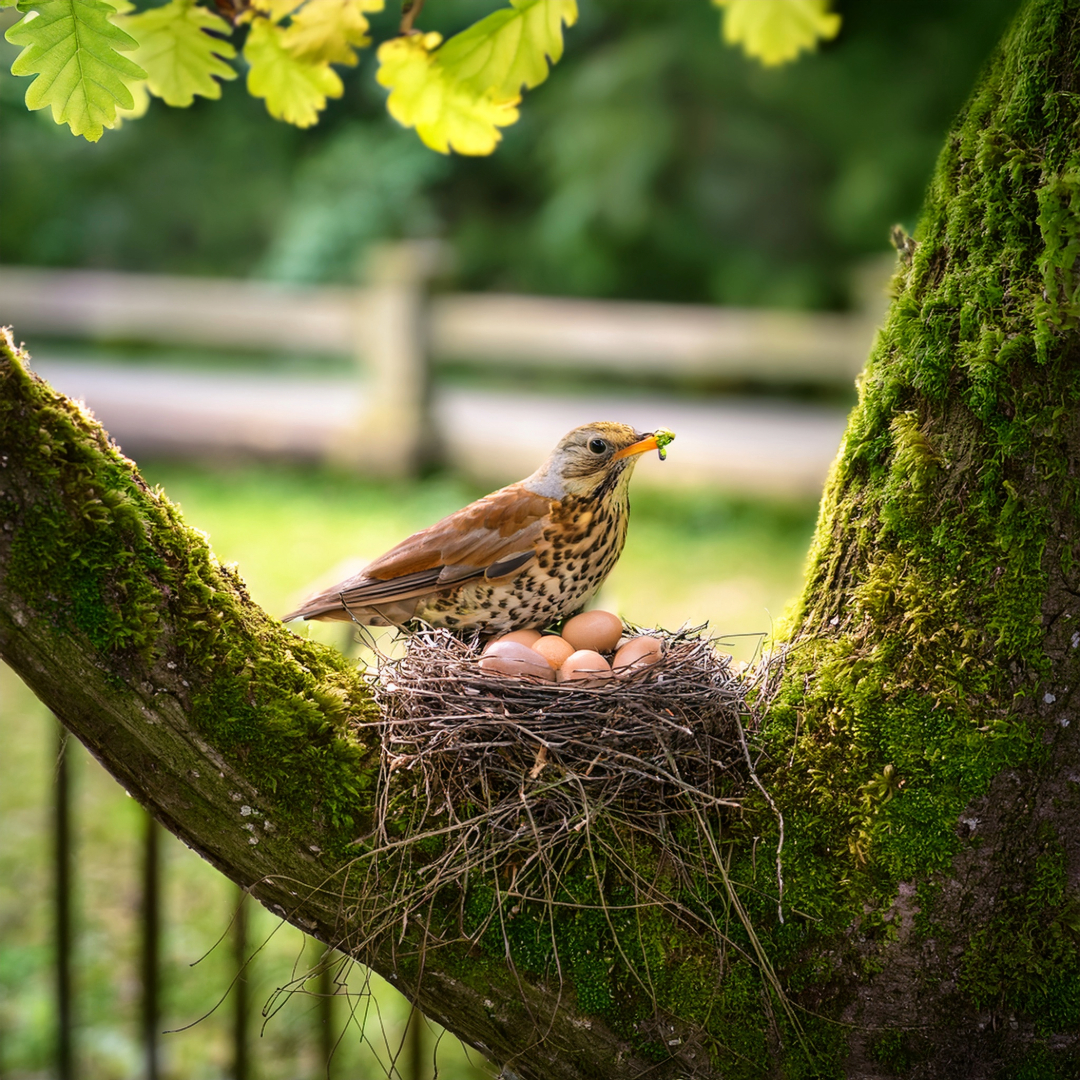
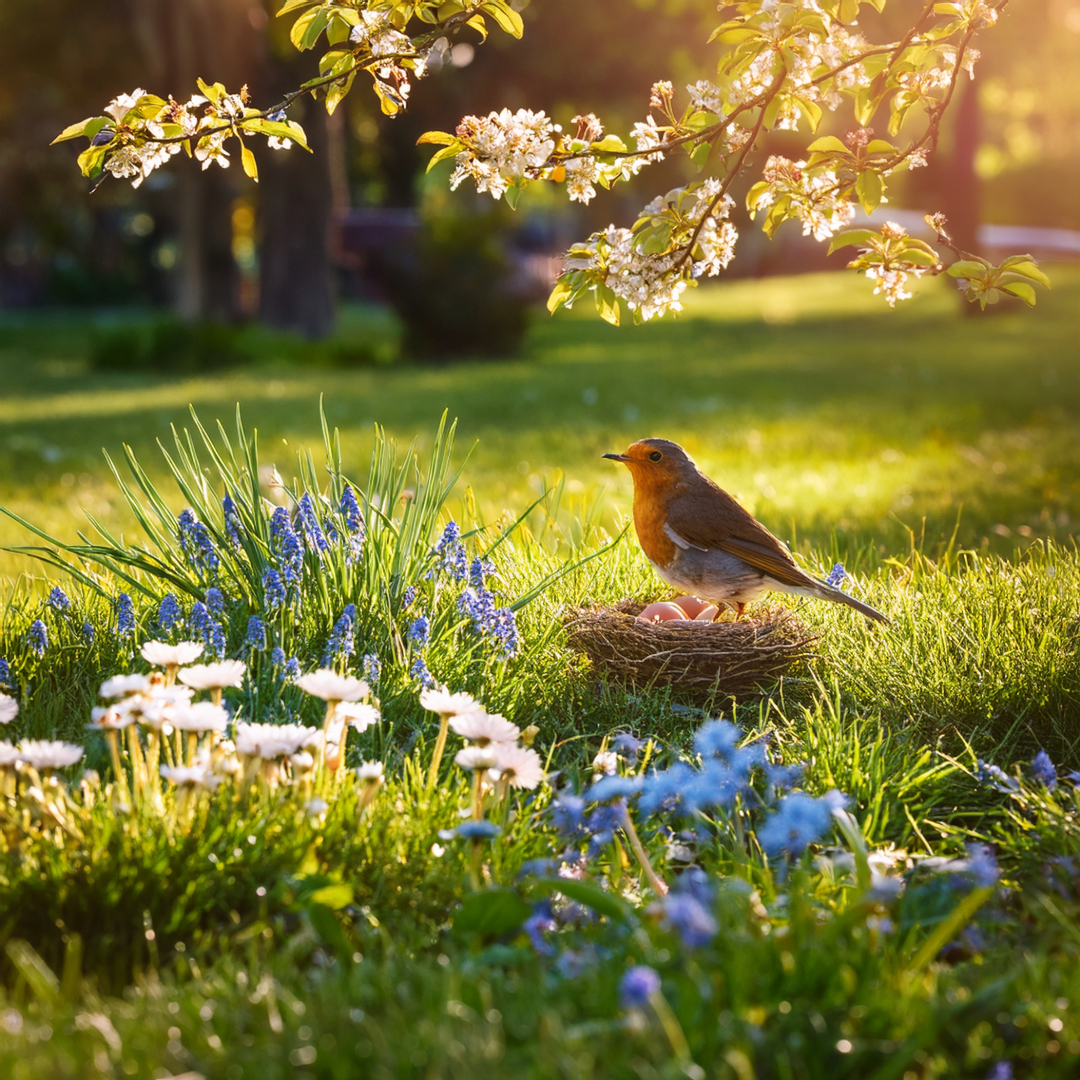
Discover the dazzling diversity of birds' eggs—from brilliant blues to devilish scribbles—and the perilous journey of fledglings leaving the nest. Why do some eggs stay hidden, while others shine like jewels? And how does May transform London’s landscapes into a riot of colour?
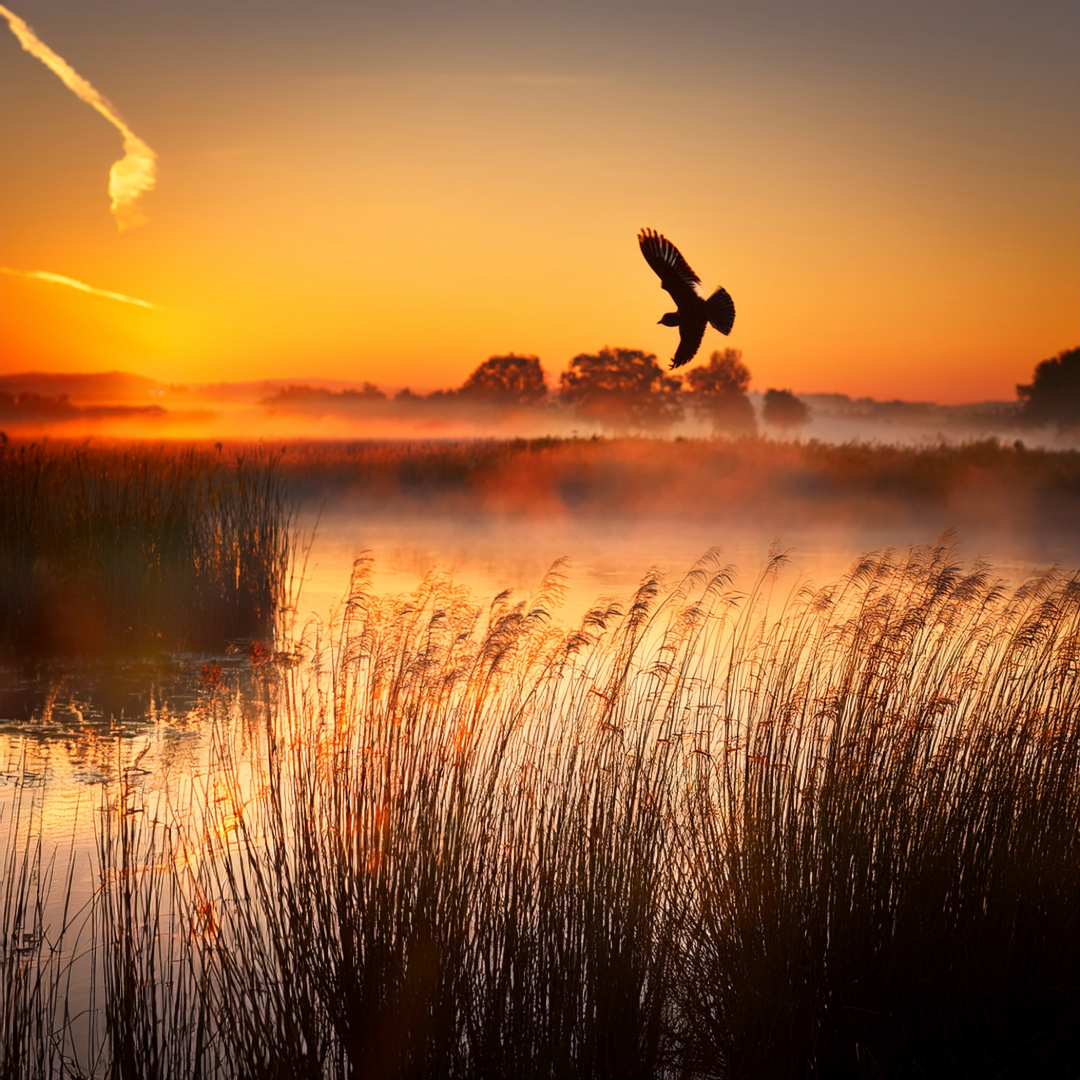
Why do seasoned birders whisper near Bookham Common at dusk? Where might a vanishing turtle dove still purr its sleepy serenade? And which rare migrants could appear - then vanish in a day?
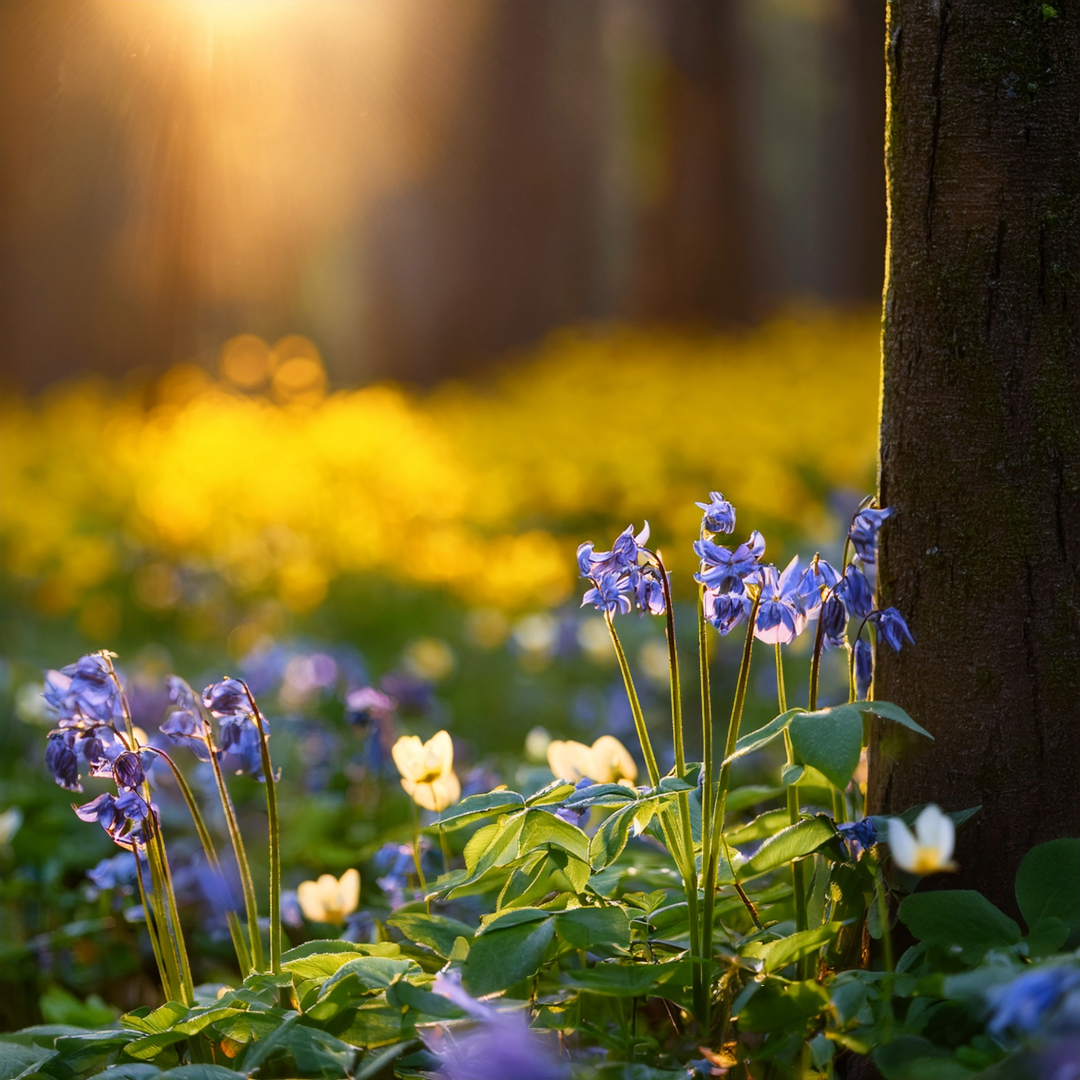
Venture beyond parks to discover sulphur cinquefoil glowing in wastelands, ghostly lily-of-the-valley in shady thickets, and the elusive bastard balm hiding in plain sight. Even Rainham's marshes become a stage for celery-leaved buttercups performing their golden encore.
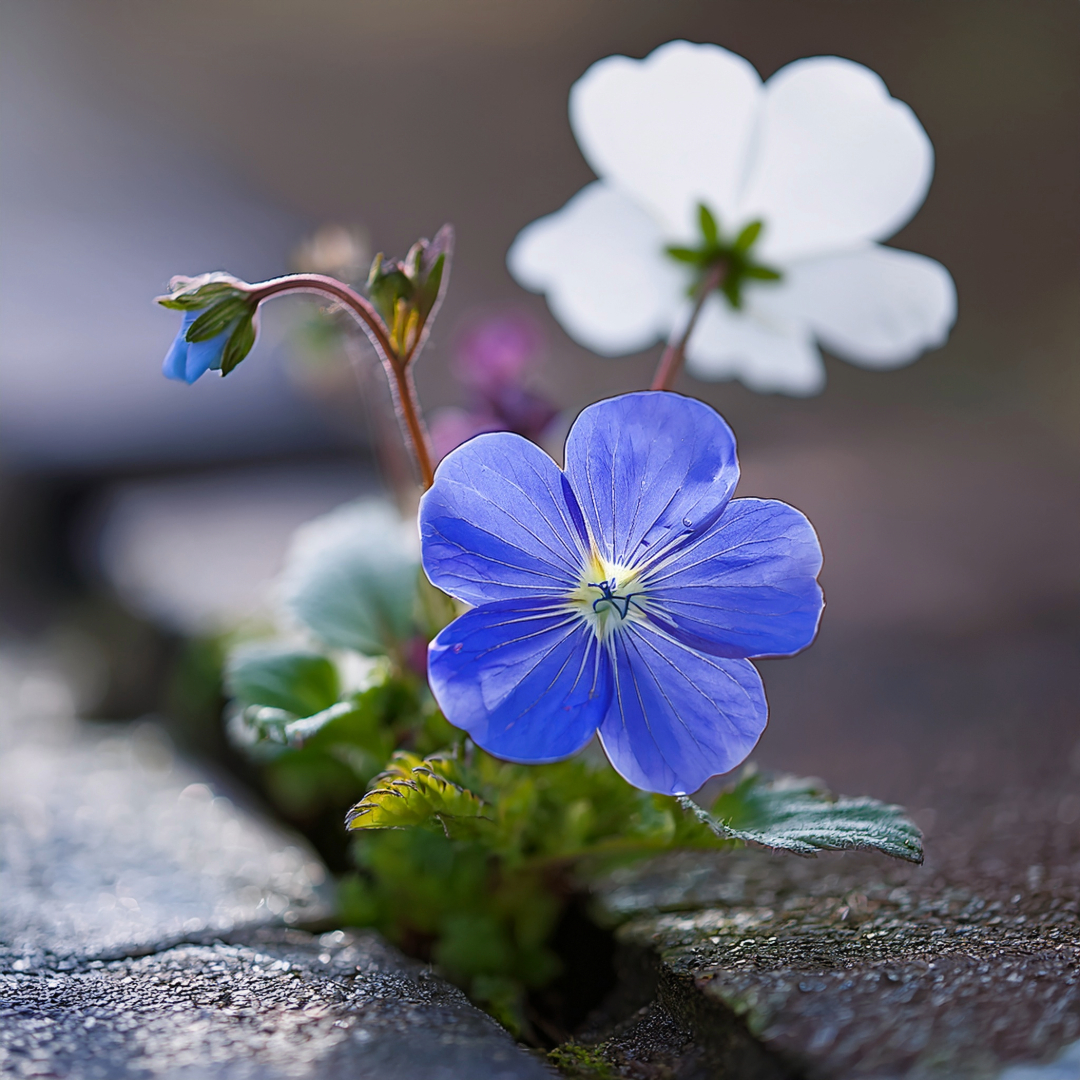
Meanwhile, cranesbills begin their pink parade: from the velvety dovesfoot to the tearful 'Mourning Widow', whose petals fall like sorrow itself. Could a rogue wood cranesbill from Lancashire be hiding in your local park? And what dark secret gives the bloody cranesbill its name, despite its cheerful magenta hue?
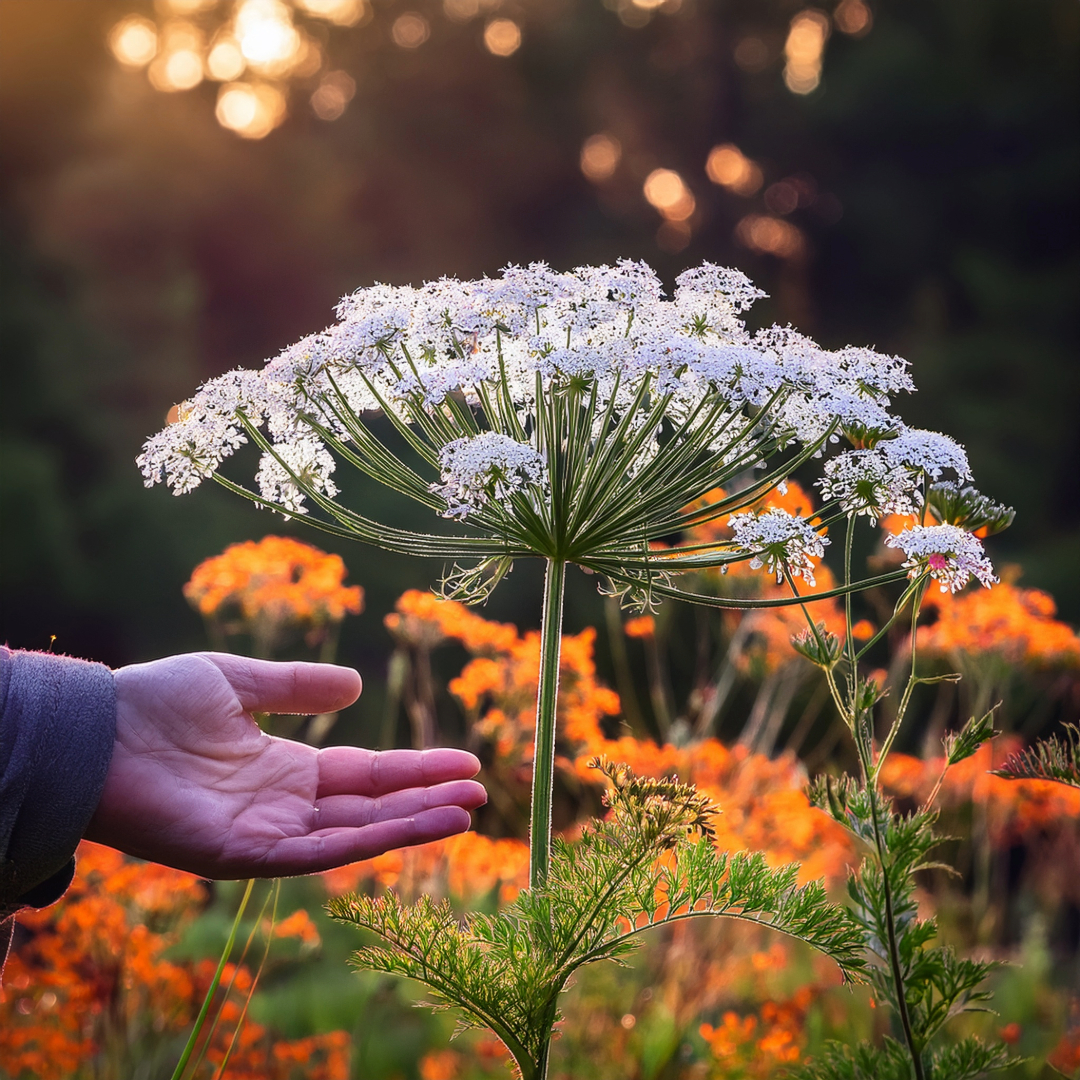
From nutty pignuts (the true "May nuts") to hawkweeds with blood-red undersides, these common composites hold dark secrets. One wrong bite of water dropwort can silence a tongue forever - yet their delicate white umbrels dance innocently along every roadside.
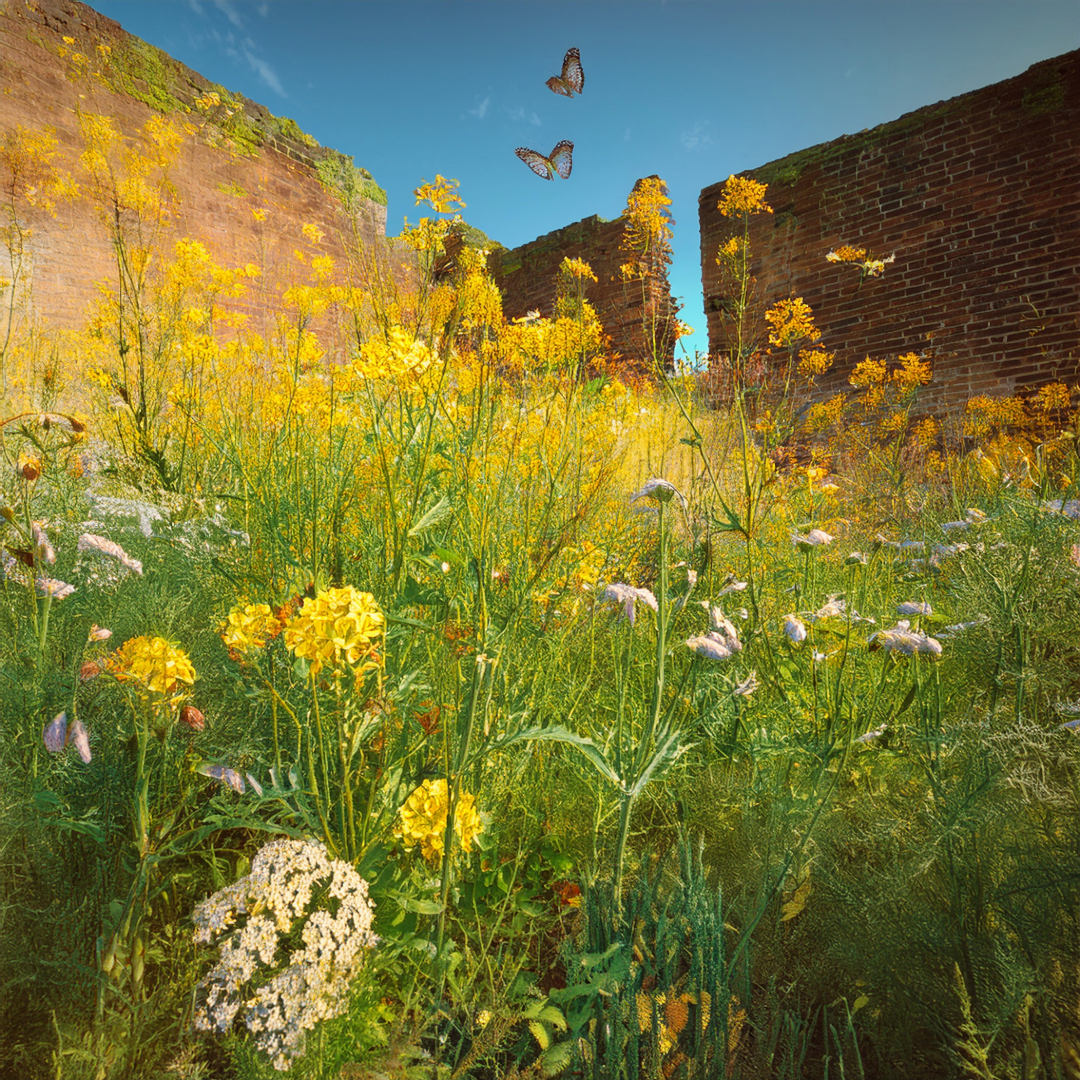
Meanwhile, pea flowers weave their magic: from shamrocks hiding in your lawn to kidney vetch's woolly "lamb toes" that once graced funeral shrouds. Why did these blooms vanish from our chalk downs - and with them, the blue butterflies they sustained?
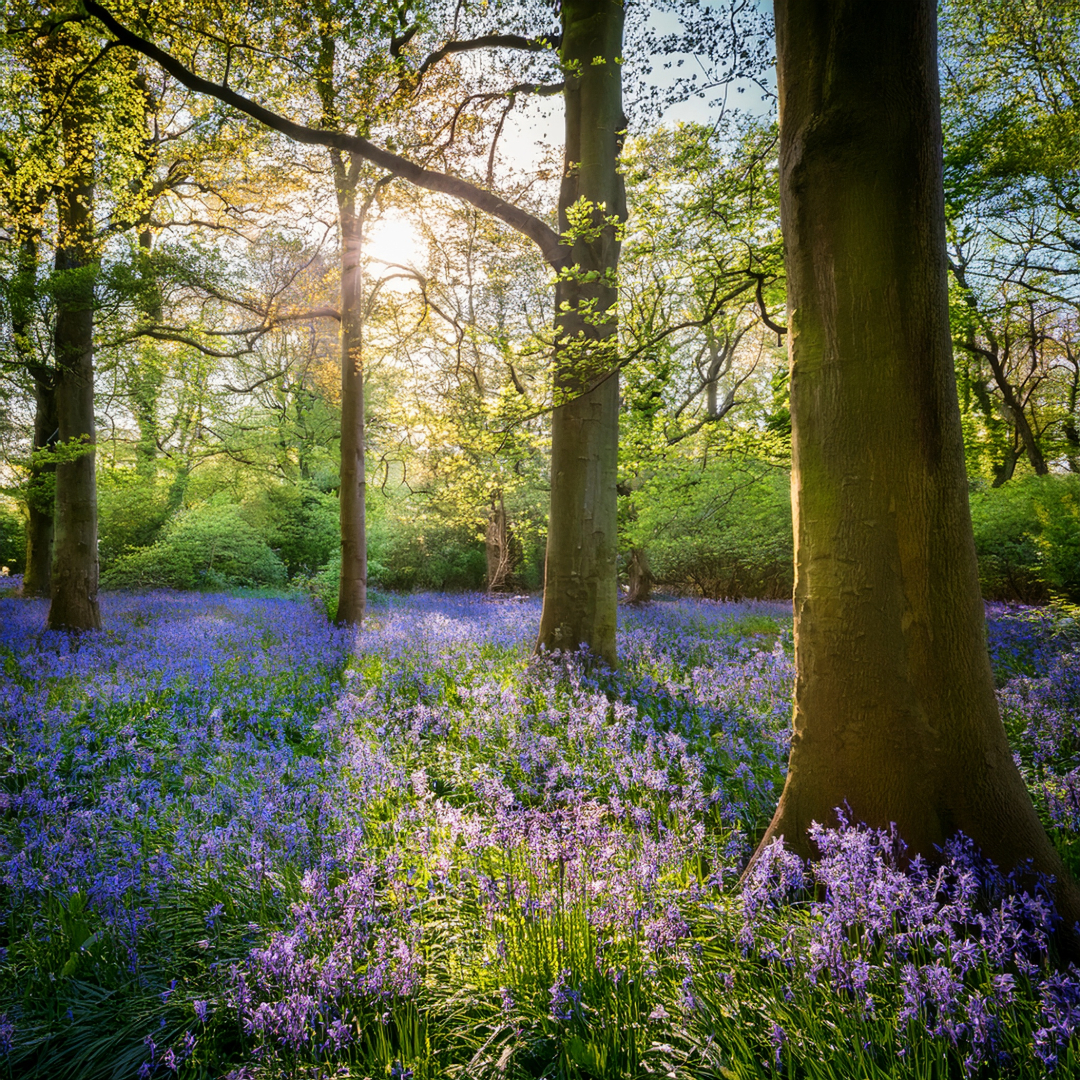
Return on 12 May to explore London’s wildflower wonders—before the canopy closes and another spring slips away.
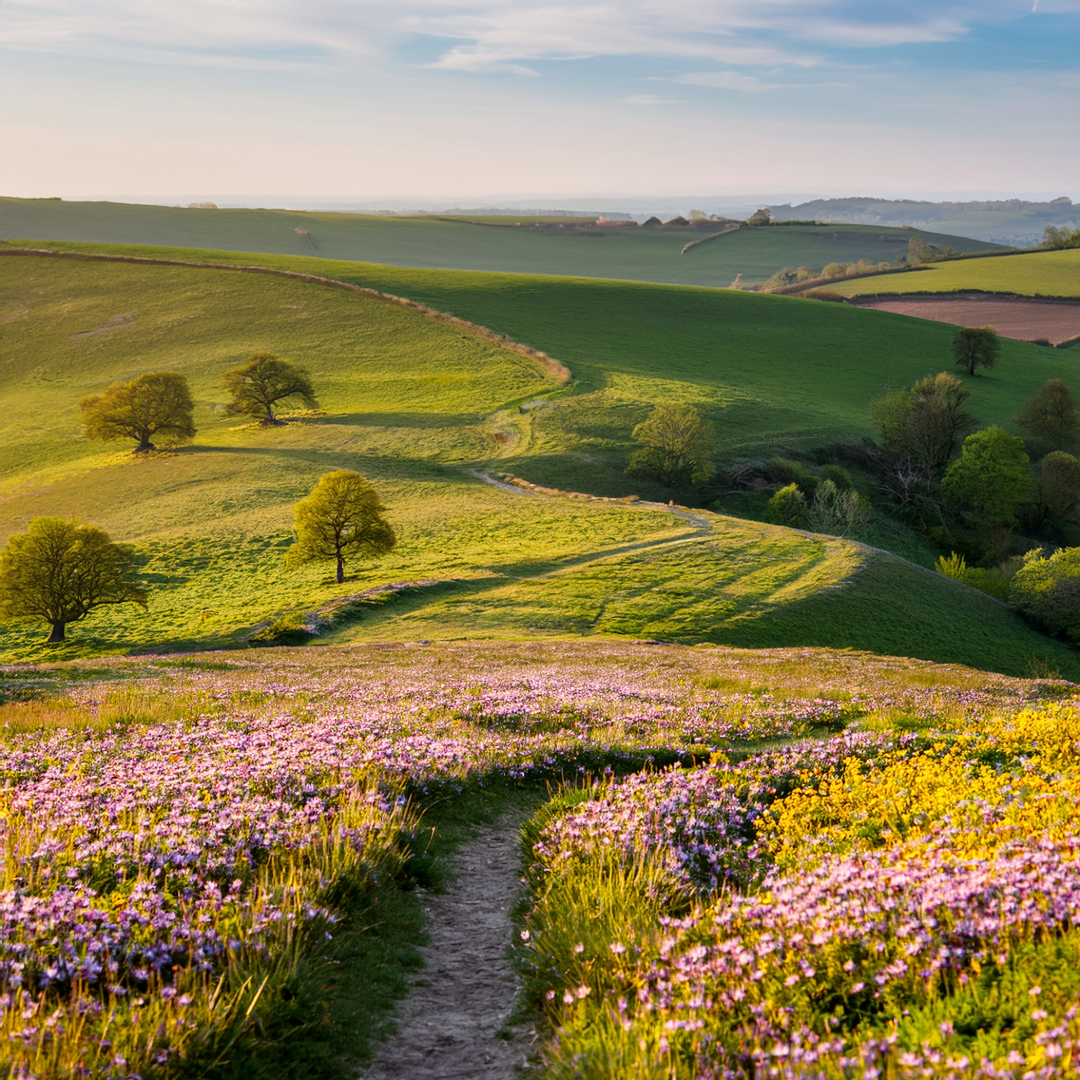
Return on 13 May to uncover the hidden stories of London’s downland wildflowers—before summer’s heat transforms them into memory.
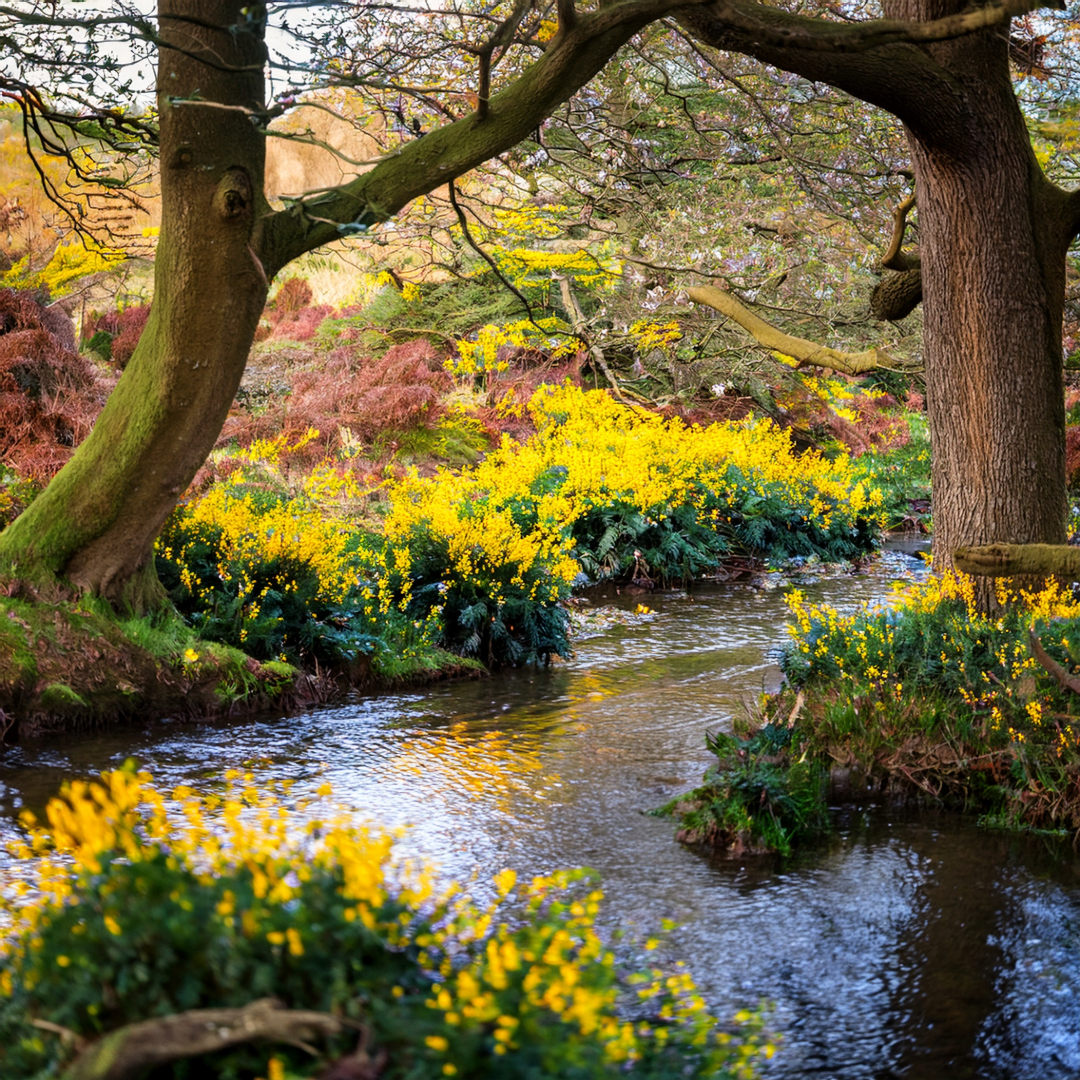
Return on 14 May to explore London’s last wild refuges—before development and neglect erase them for good.
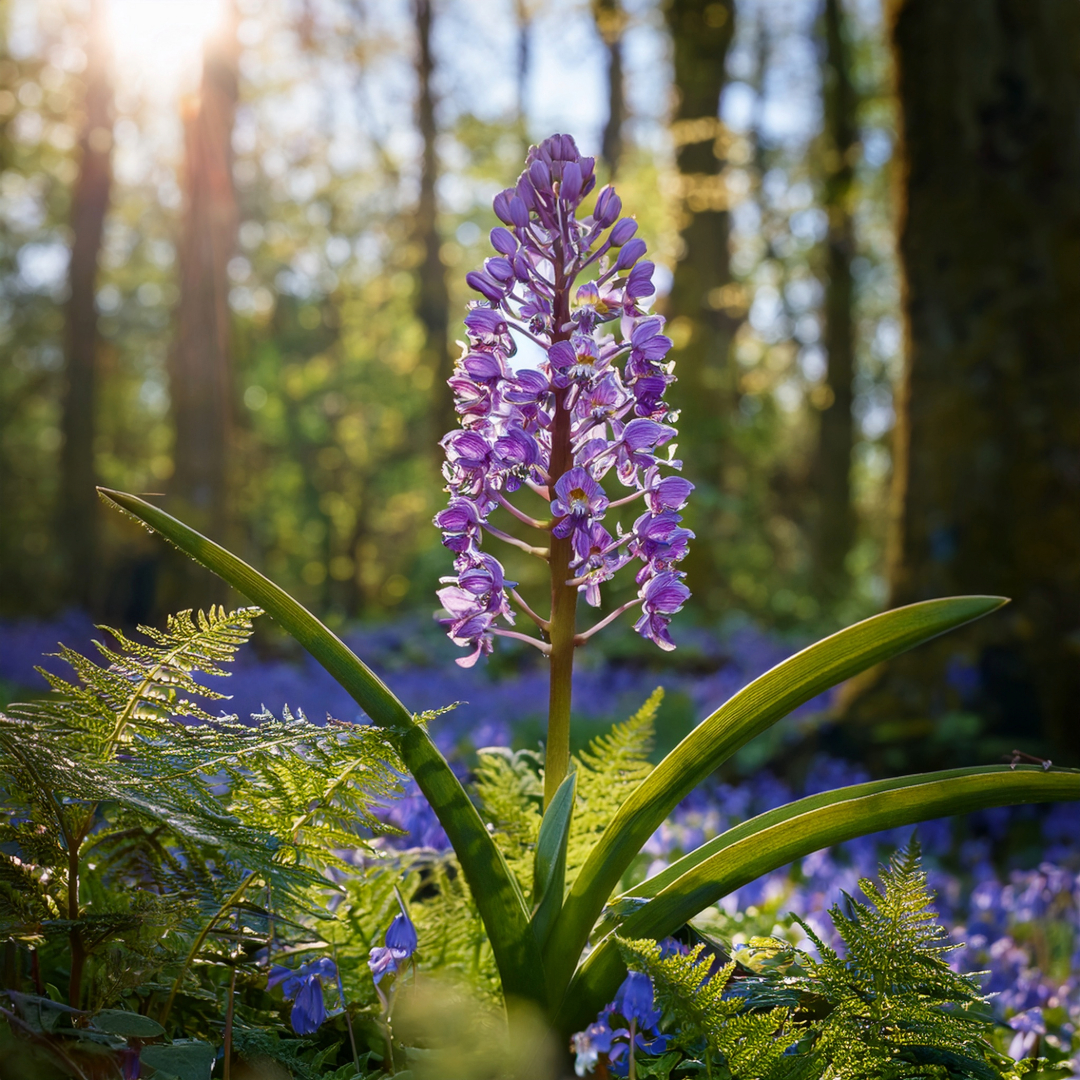
These flowers are survivors of a wilder London, steeped in myth. Elizabethan botanists believed their roots could wander across fields, while sailors relied on them as long-lasting food. Yet today, many cling to existence only in forgotten churchyards and protected reserves. Will they still bloom for future generations?
Return on 15 May to explore where these floral treasures hide, the legends they’ve inspired, and why their survival hangs in the balance.
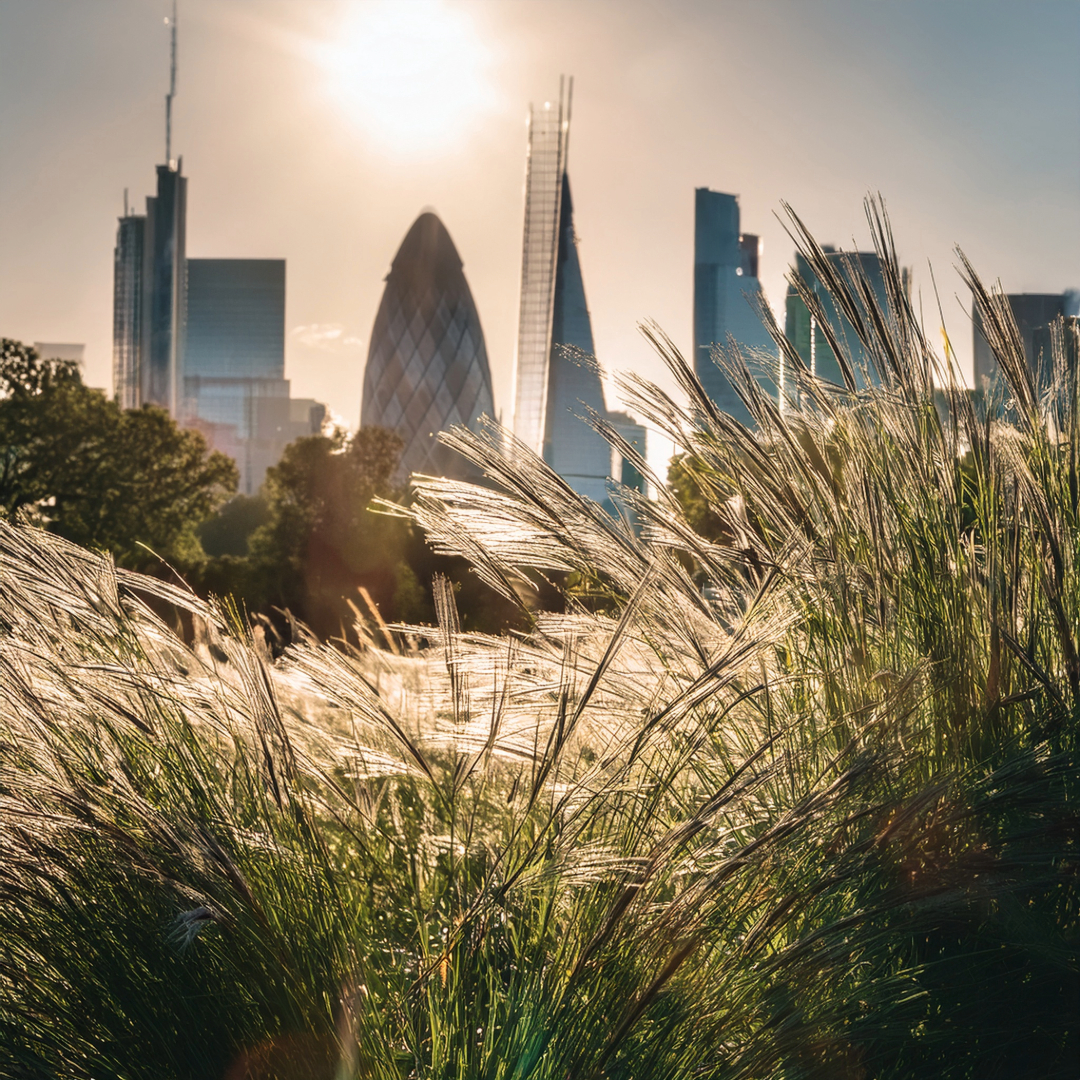
On 16 May, join us as we explore the hidden world of urban grasses, from foxtails swaying in the breeze to the sweet-scented Sweet Vernal Grass that perfumes our parks. Discover why these humble plants are more intriguing—and essential—than you might think.
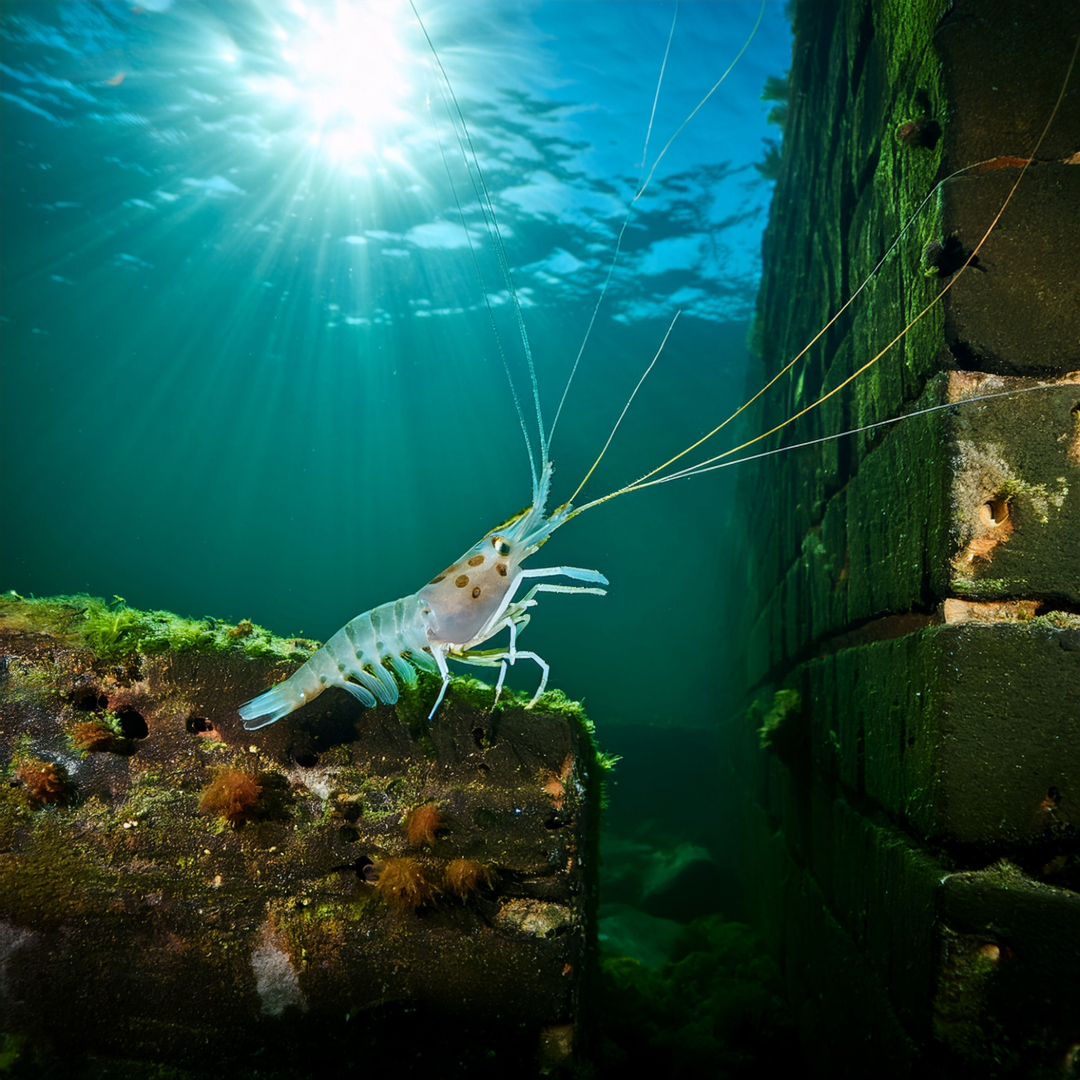
On 17 May, dive into the hidden world of London’s crustaceans: ghostly translucent Leptodora drifting in reservoirs, parasitic fish lice with vampiric suckers, and even land-loving sandhoppers hiding in gardens. Discover why these creatures matter—and which ones are quietly reshaping our ecosystems.
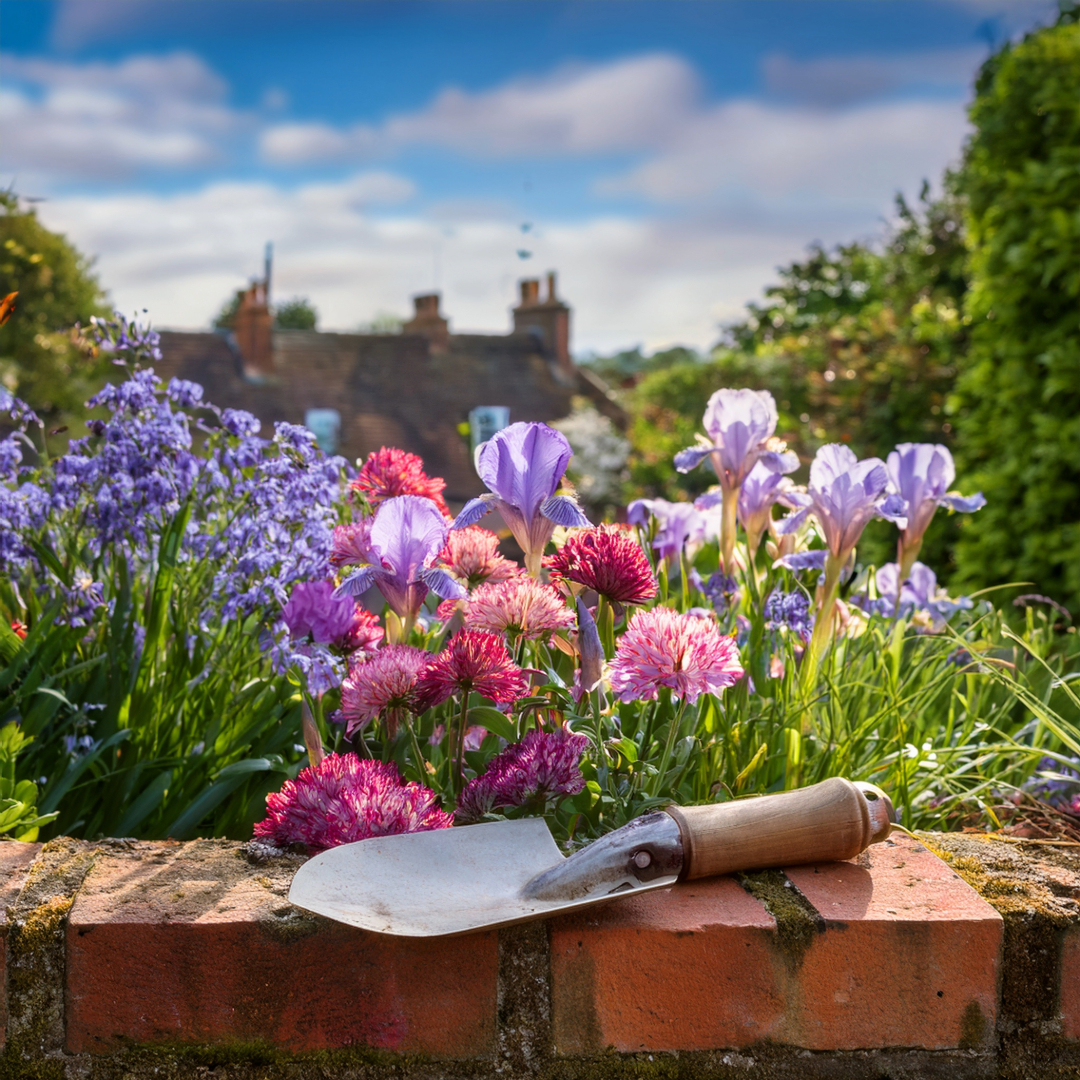
On 18 May, we’ll unravel the stories behind London’s most enchanting garden plants—from Robert Fortune’s bleeding hearts (once a Victorian obsession) to the Himalayan blue poppies that sold for a guinea each. Discover why irises were chewed to mask tobacco breath, and where to spot surviving medieval species today.
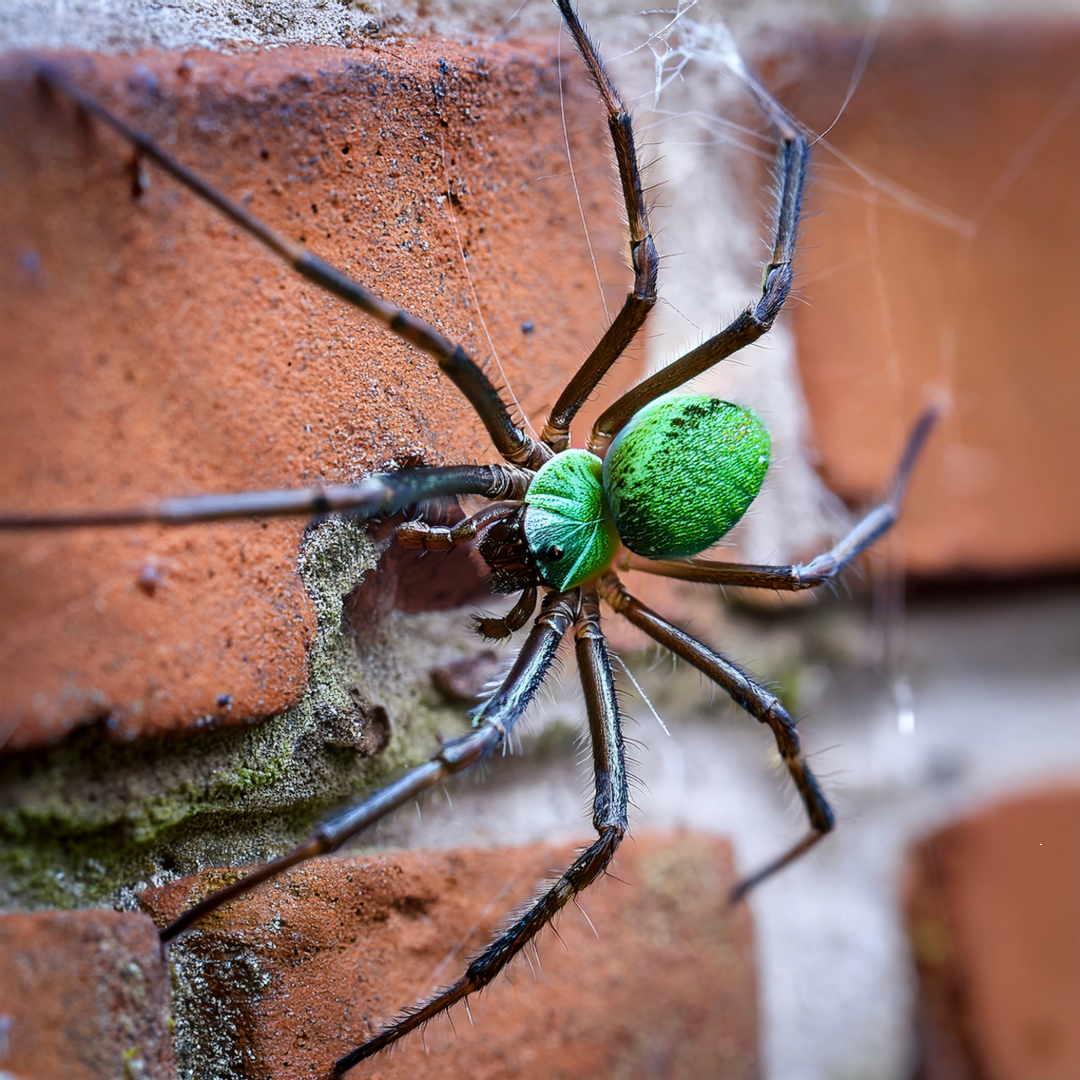
On 19 May, we’ll unveil London’s most astonishing arachnids and larvae—including the goat moth caterpillar (a 10cm-long, goat-scented wood-borer) and crab spiders that paralyse bees mid-flight. Discover why some male spiders wrap mates in silk before courtship, and where to spot venomous silk-weavers lurking in brick crevices.
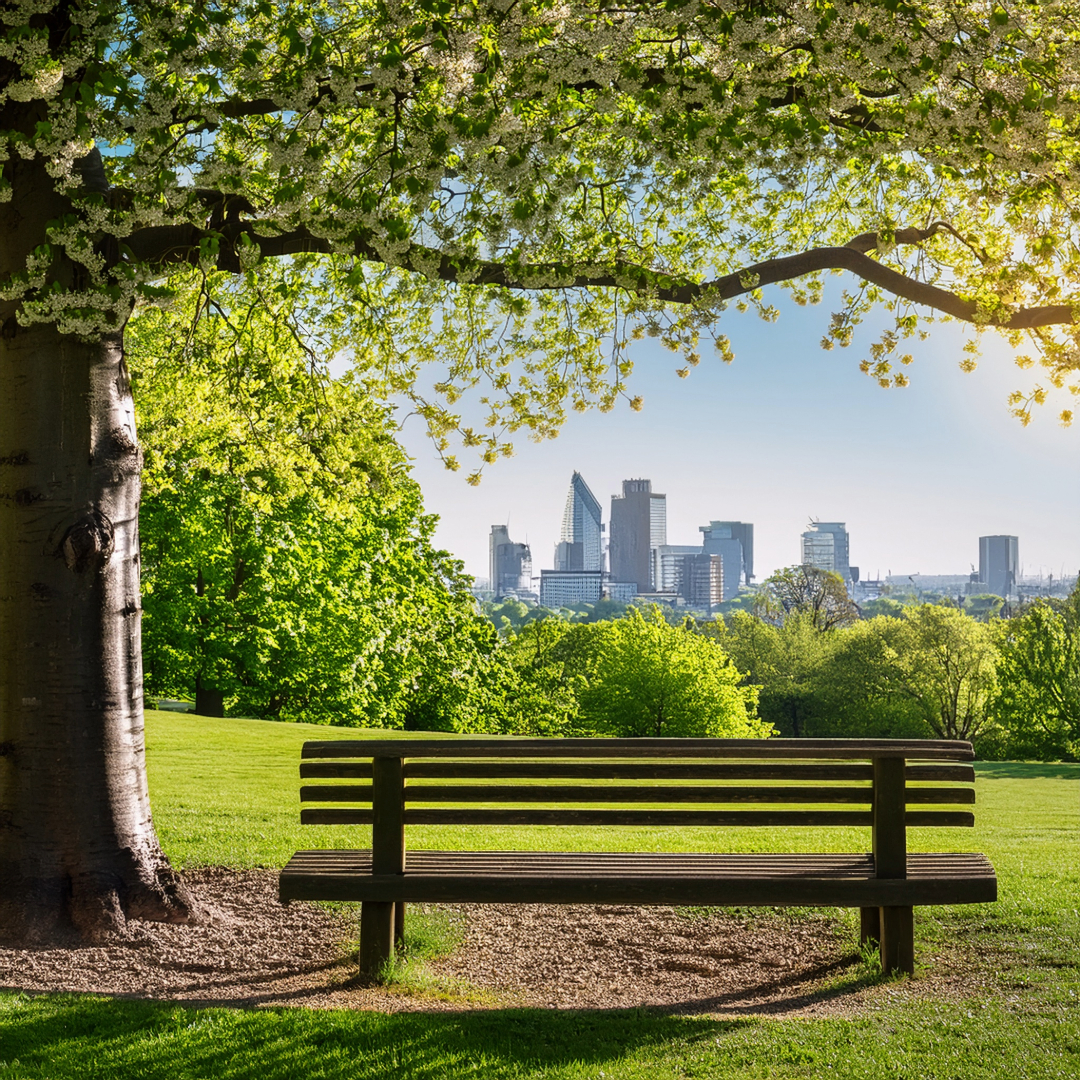
Yet beyond the spectacle lie secrets. The ash tree, revered as the “Venus of the Woods,” was once believed to repel snakes and banish demons. Elms, Europe’s most enigmatic trees, defy identification with their tangled histories of cloning and hybridisation—though Battersea Park hides rare survivors, like the disease-defying Camperdown elm. Meanwhile, hornbeams and hazels dangle catkins like nature’s own decorations, and willow seeds drift through the air like slow-motion snow.
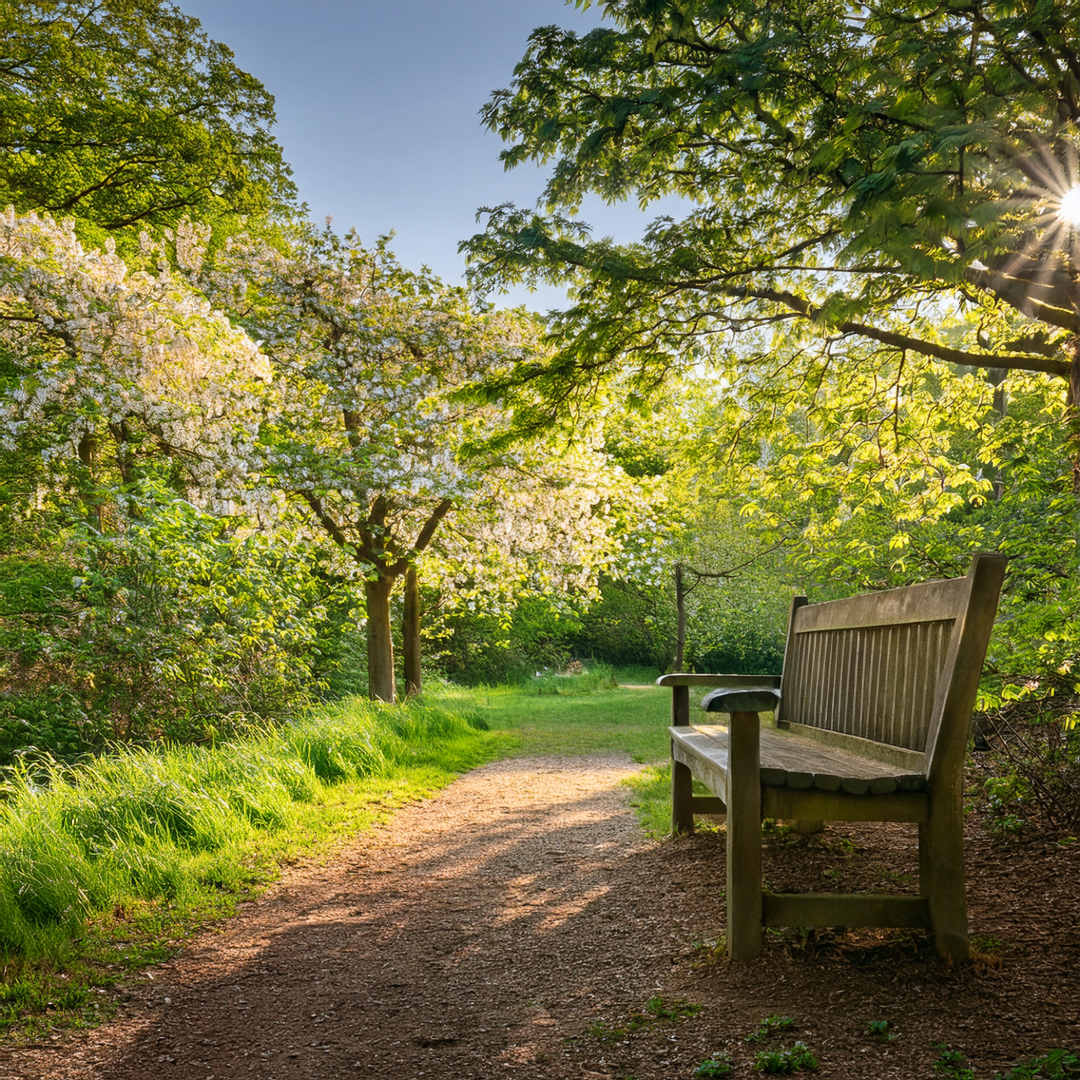
But the real wonders are the oddities: the Bastard Service Tree (a rowan-whitebeam hybrid), the Swedish whitebeam (a pollution-resistant street star), and the Wye Valley’s exclusive Sorbus x vagensis. Hunt down the pear-fruited Service Tree in Crystal Palace Park or admire the metallic-barked Sorbus aria ‘Beissneri’—a living sculpture.
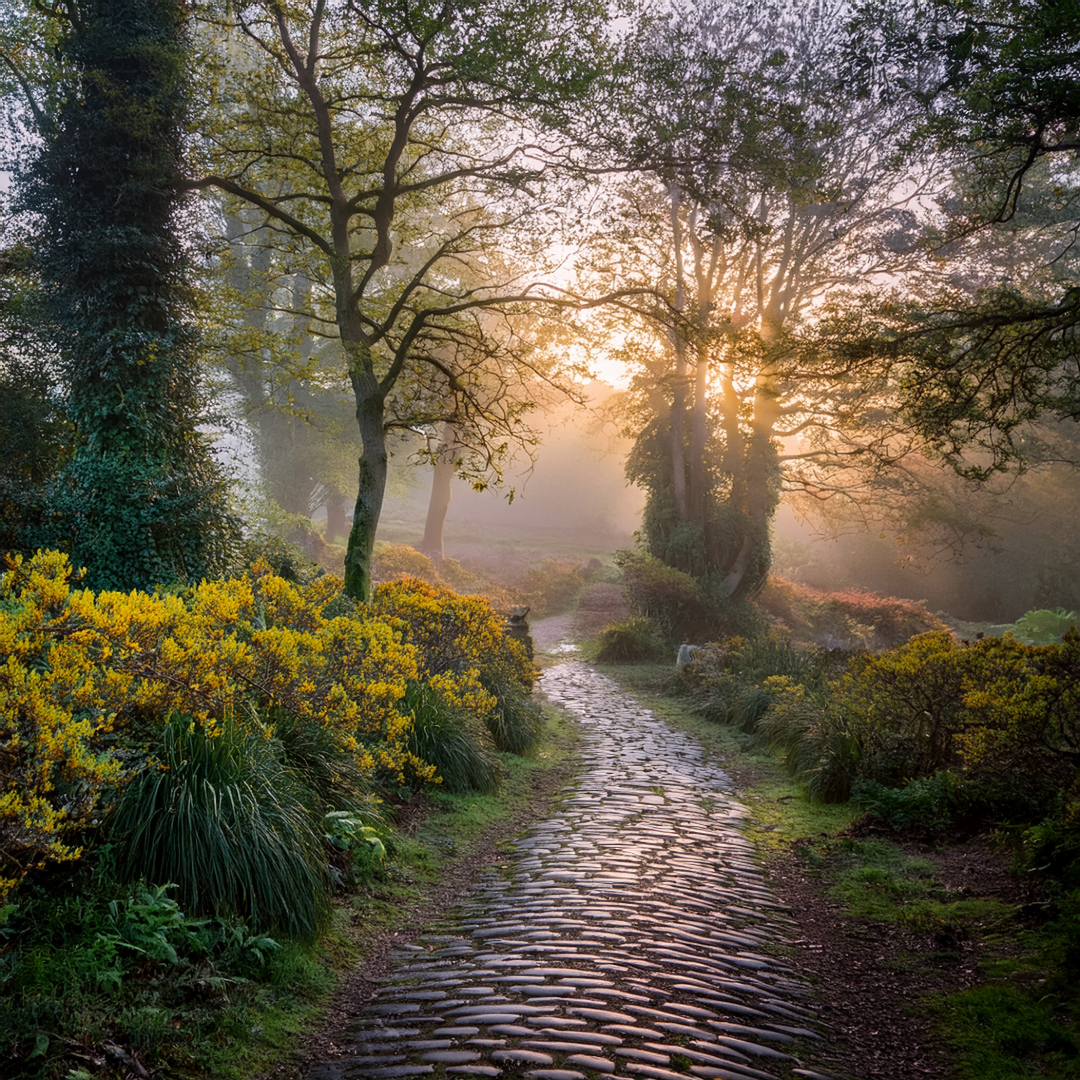
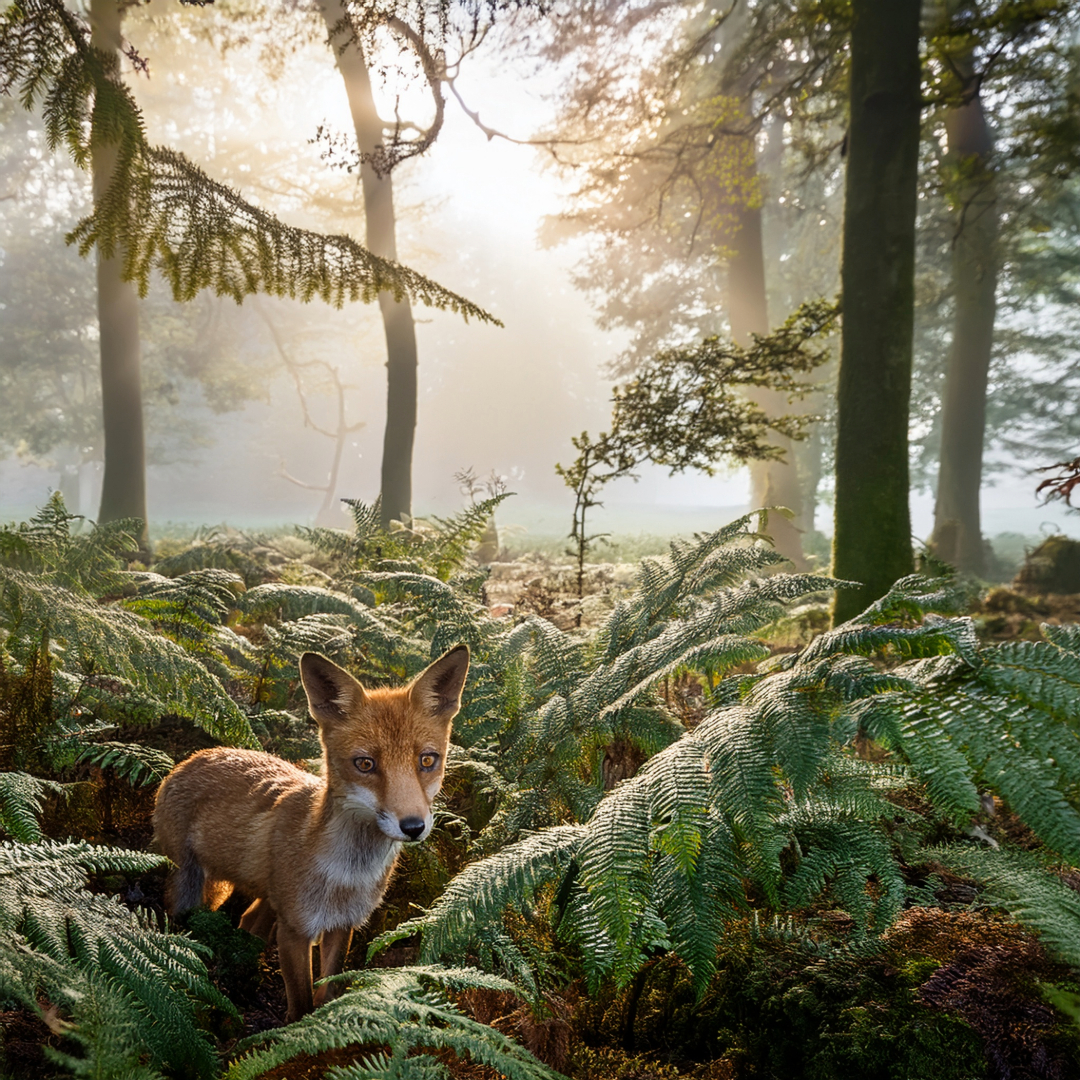
Return on 23 May to uncover the secret nurseries of the city’s deer, shrews, and weasels—and the eerie folklore that still lingers around them.
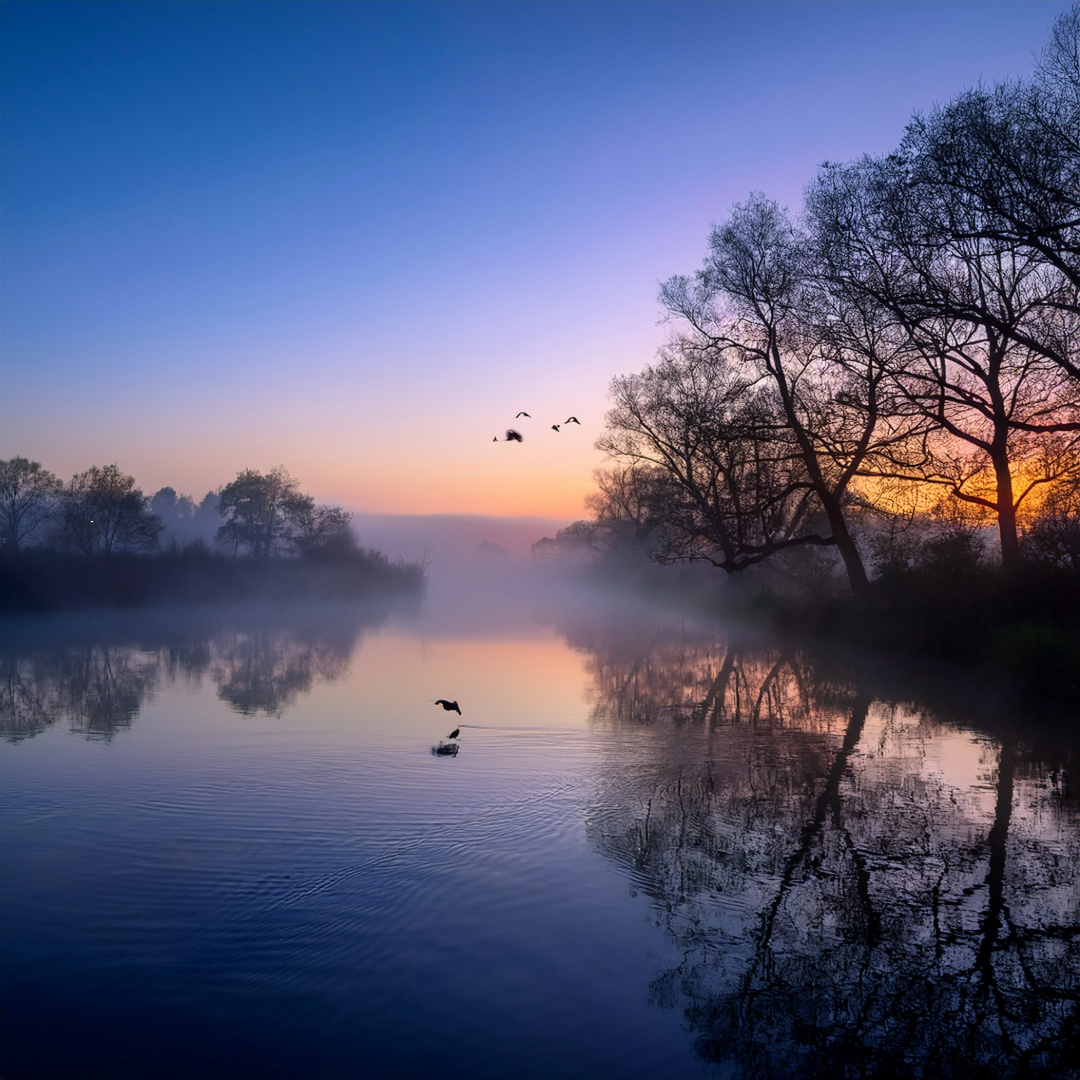
Return on 24 May to uncover the night-time dramas of London’s bats and the quiet return of its most elusive swimmer.
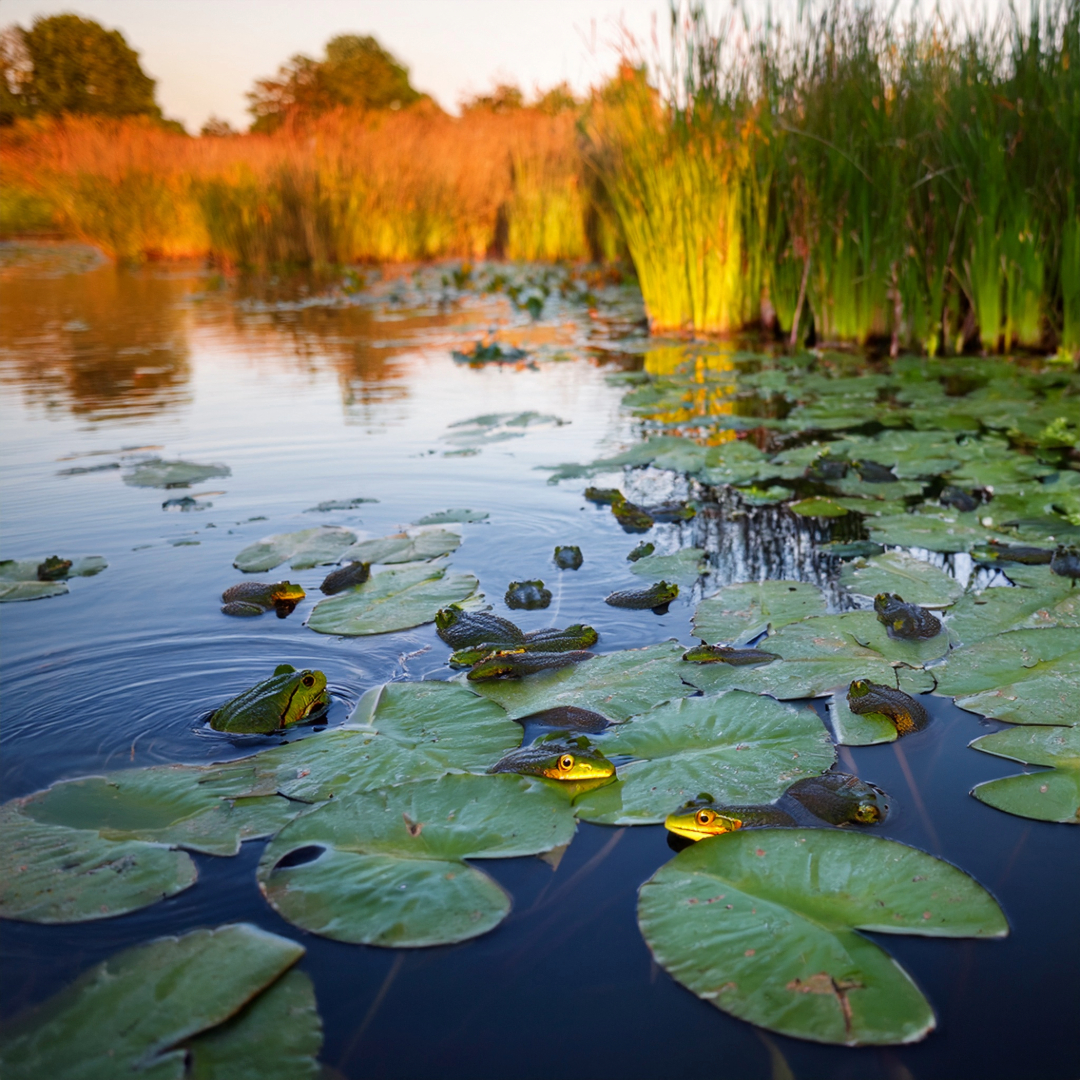
Return on 25 May to unravel the tangled love lives of amphibians and the stealthy hunters of the undergrowth.
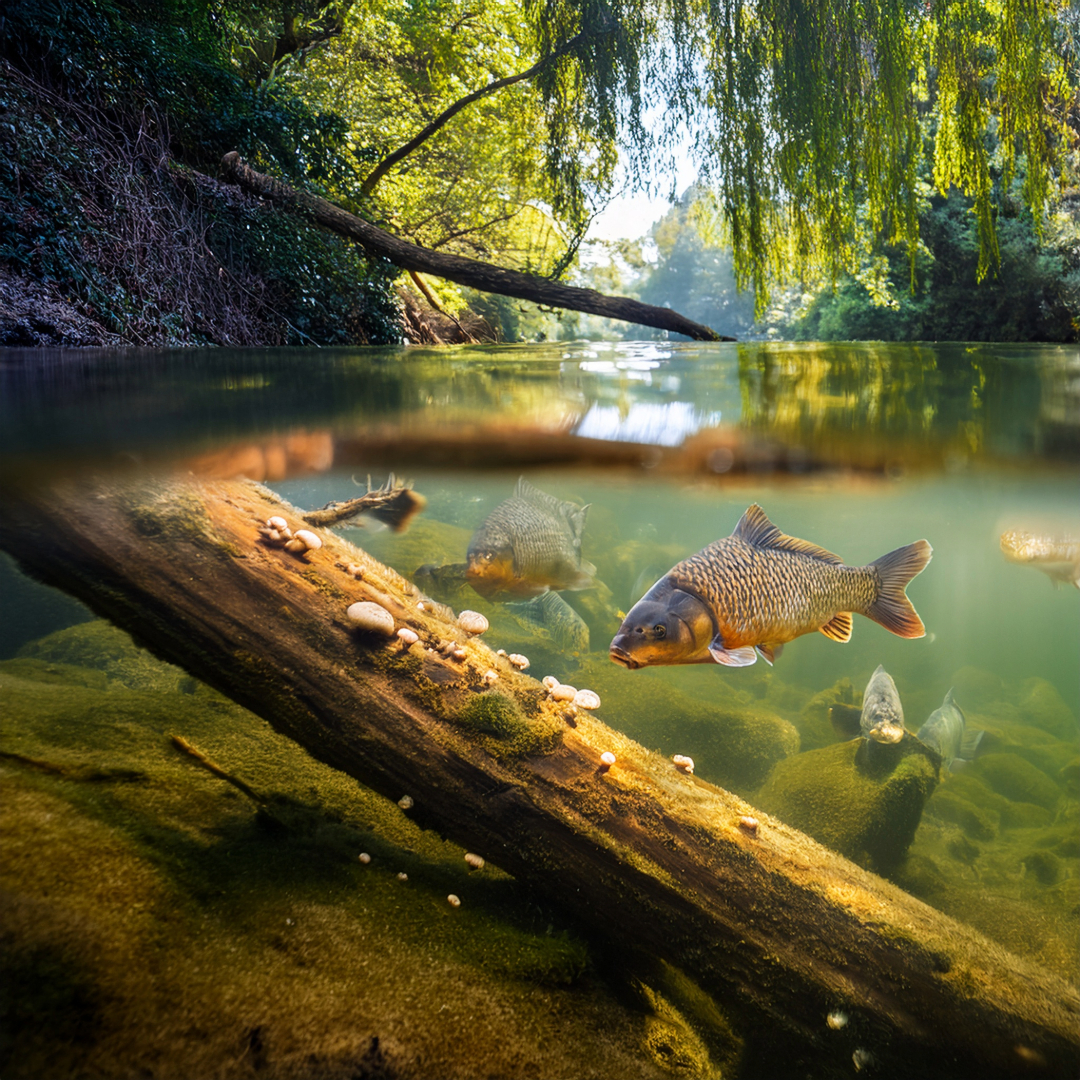
Return on 26 May to dive into the secret lives of spawning fish and the eerie beauty of spring fungi.

Return on 27 May to unravel the aerial dramas of May’s butterflies—and where to spot the rarest blues.
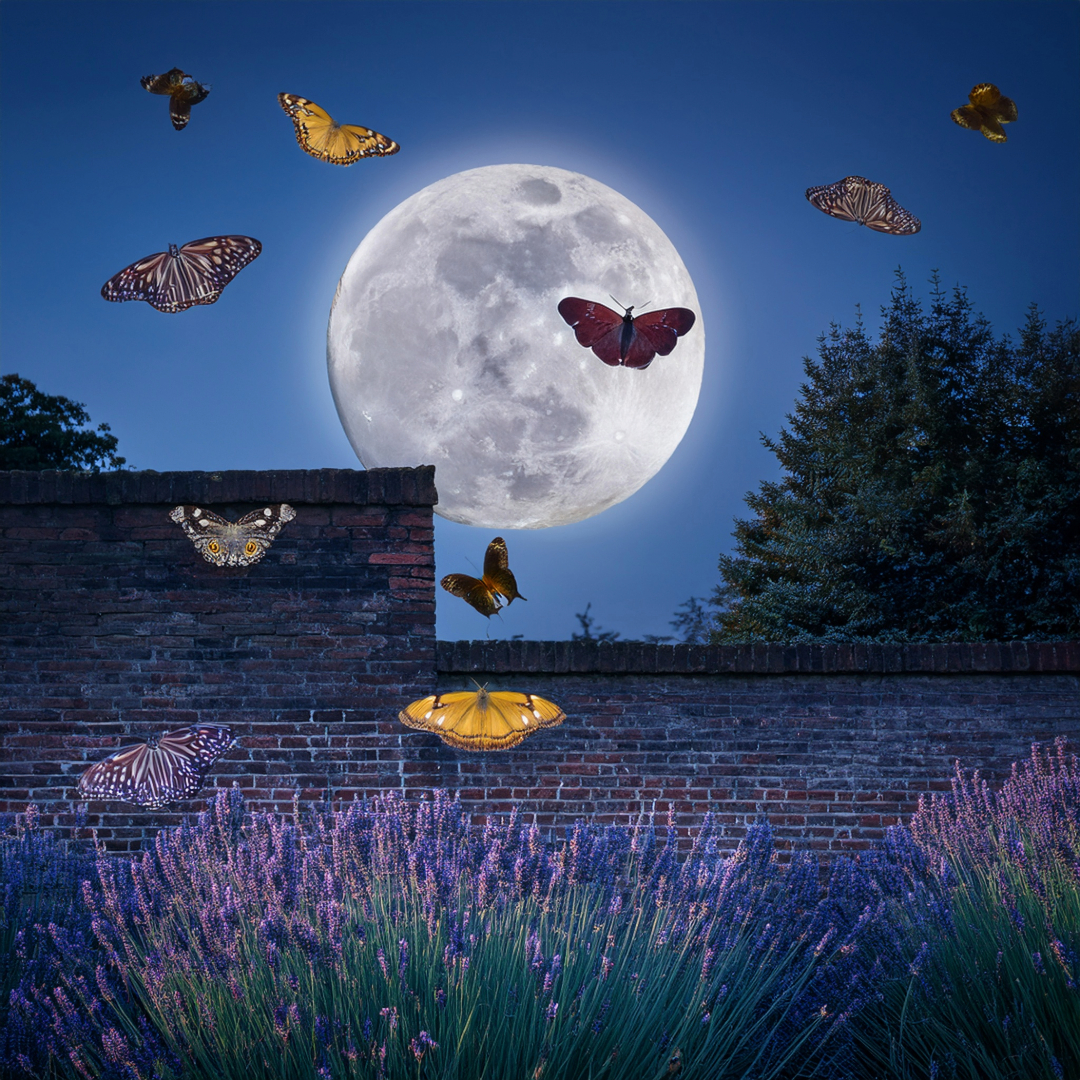
Return on 28 May to explore London’s moth madness—where hawkmoths power through lime trees, and "peppered" wings whisper tales of evolution.
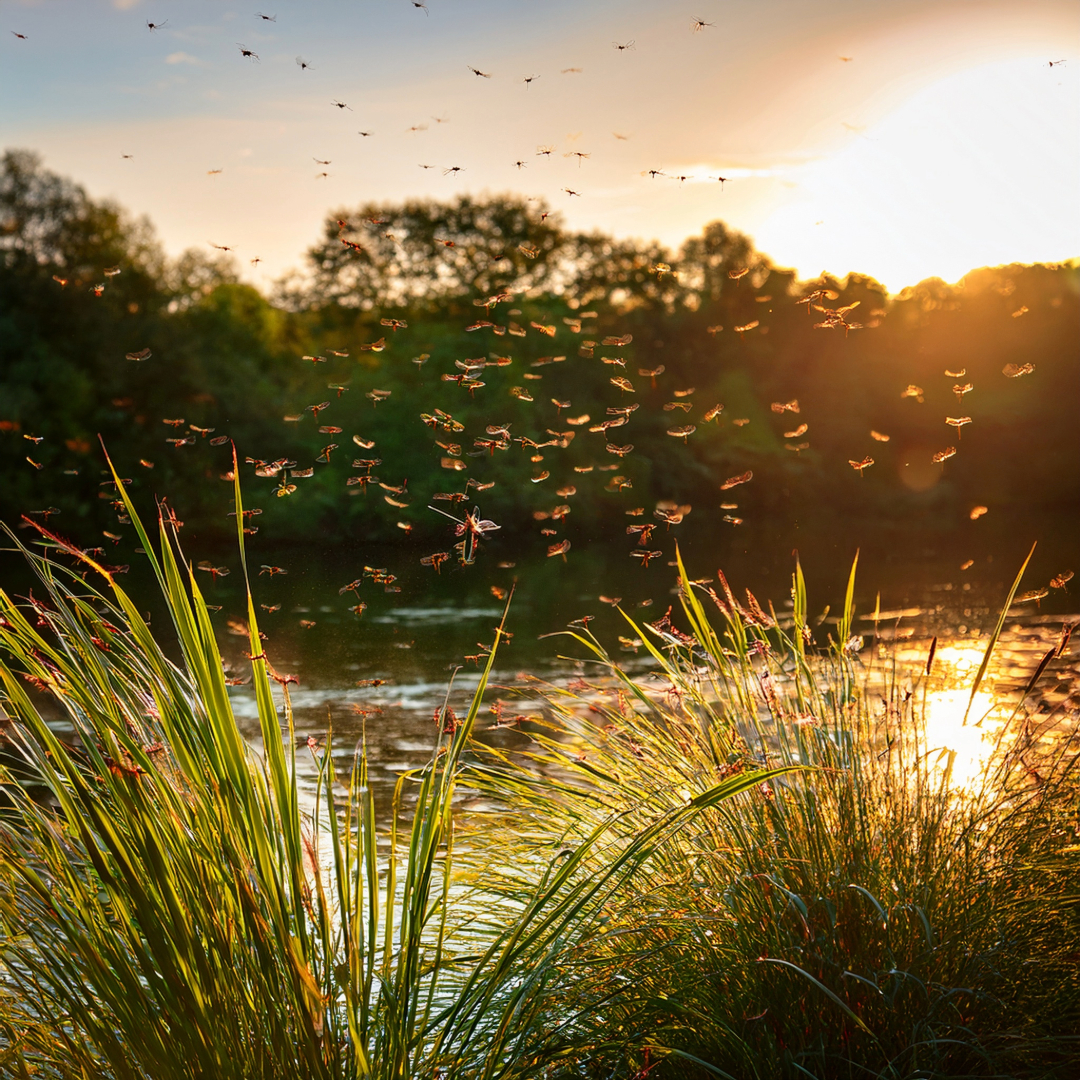
Return on 29 May to witness nature’s most intricate performances—where shield bugs shield their young, and mayflies live just hours to dance.

Return on 30 May to unravel the secrets of London’s ancient flora—where ferns craft oil for snakebites and alien water ferns paint marshes pink.
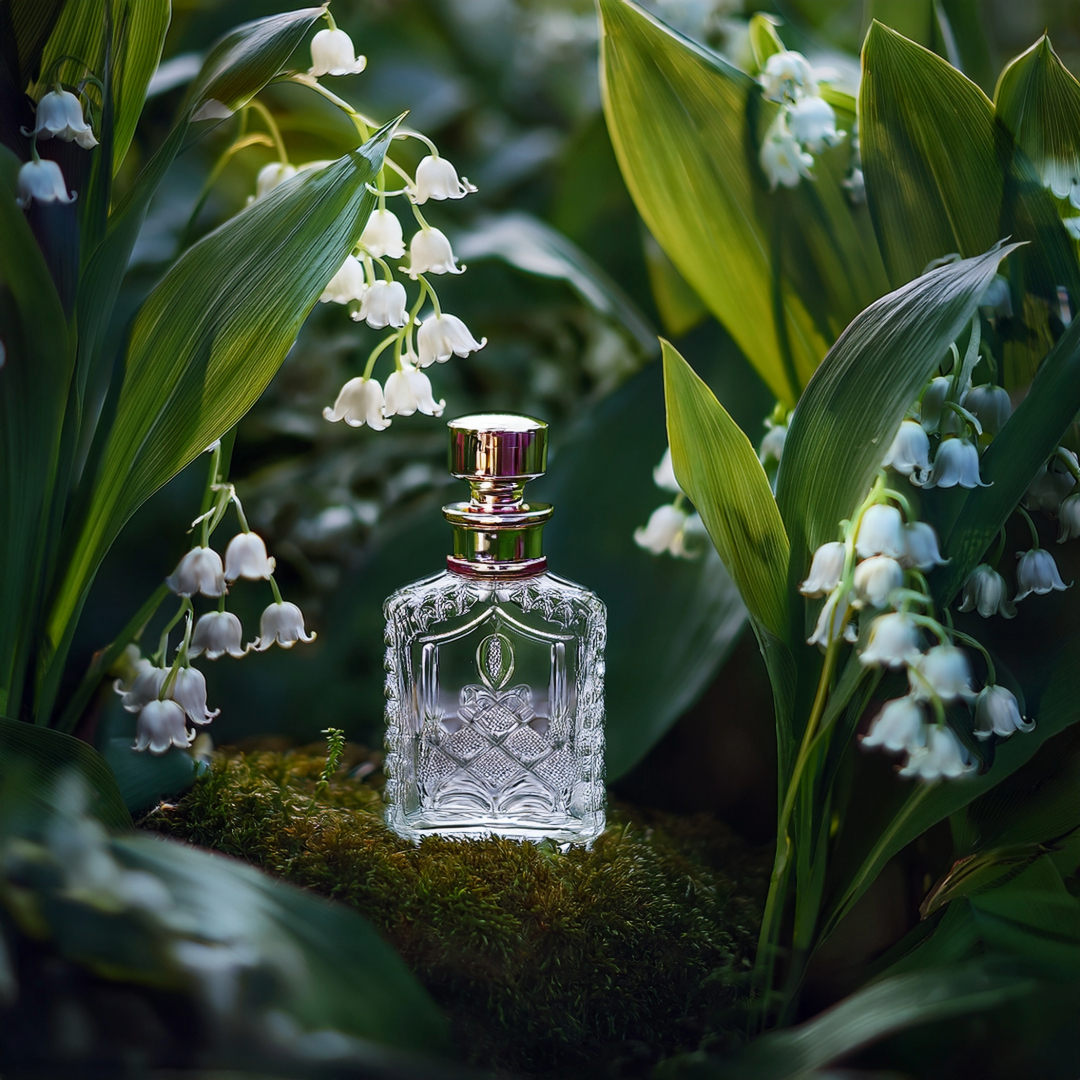
Return on 31 May to follow your nose through London’s olfactory wonders—from civet-like viburnums to peonies too elegant for words.